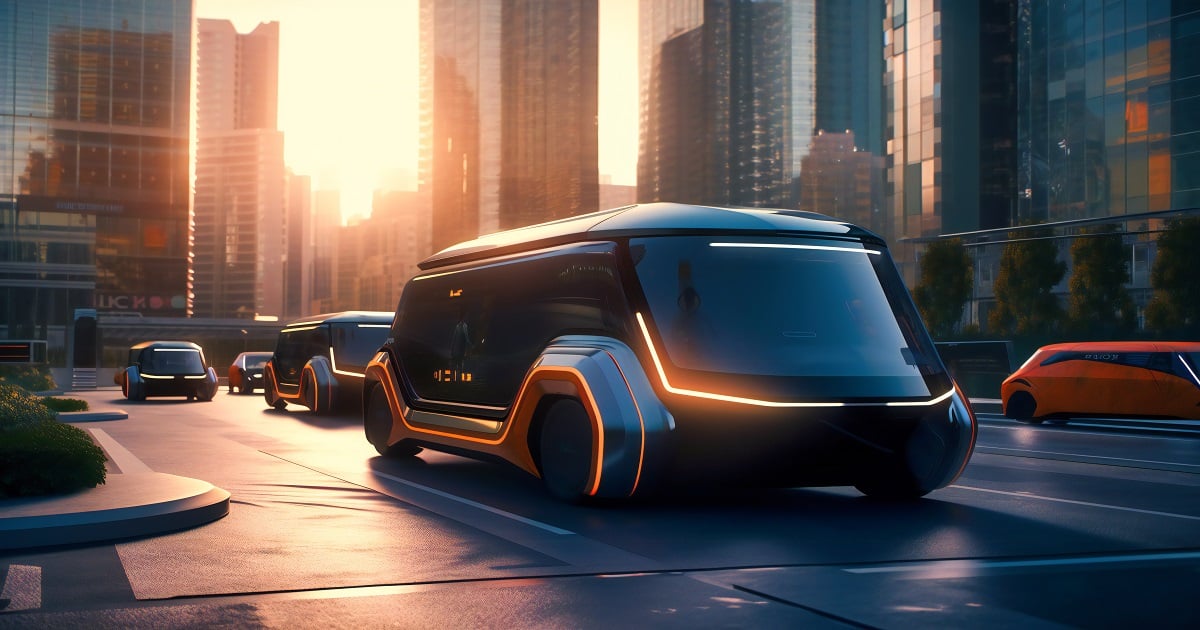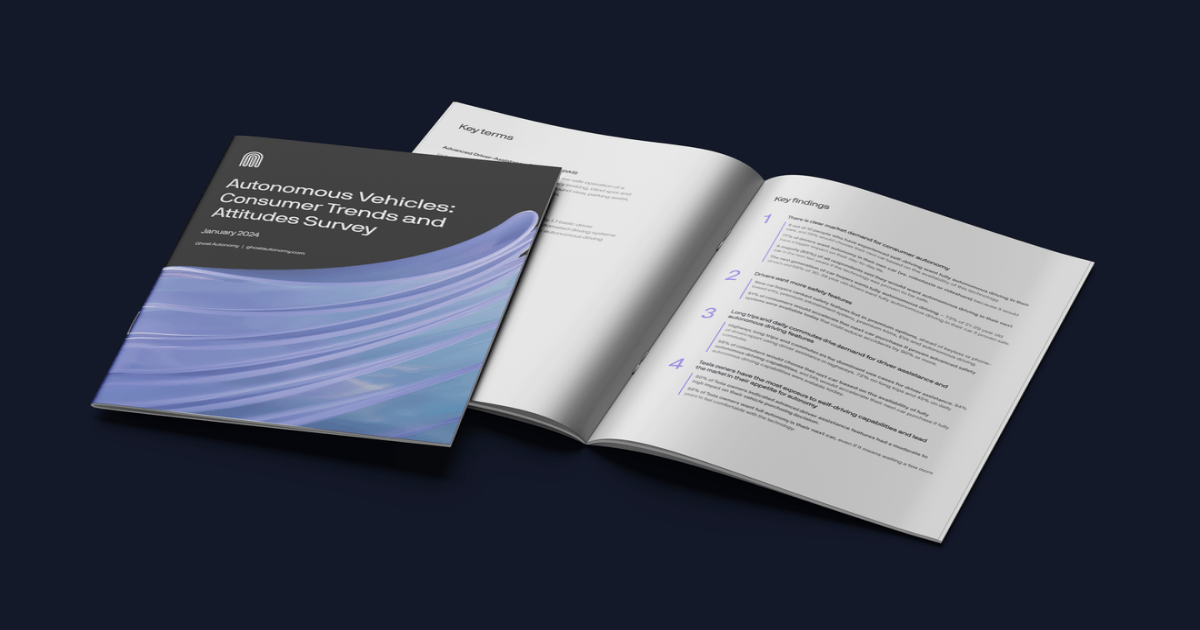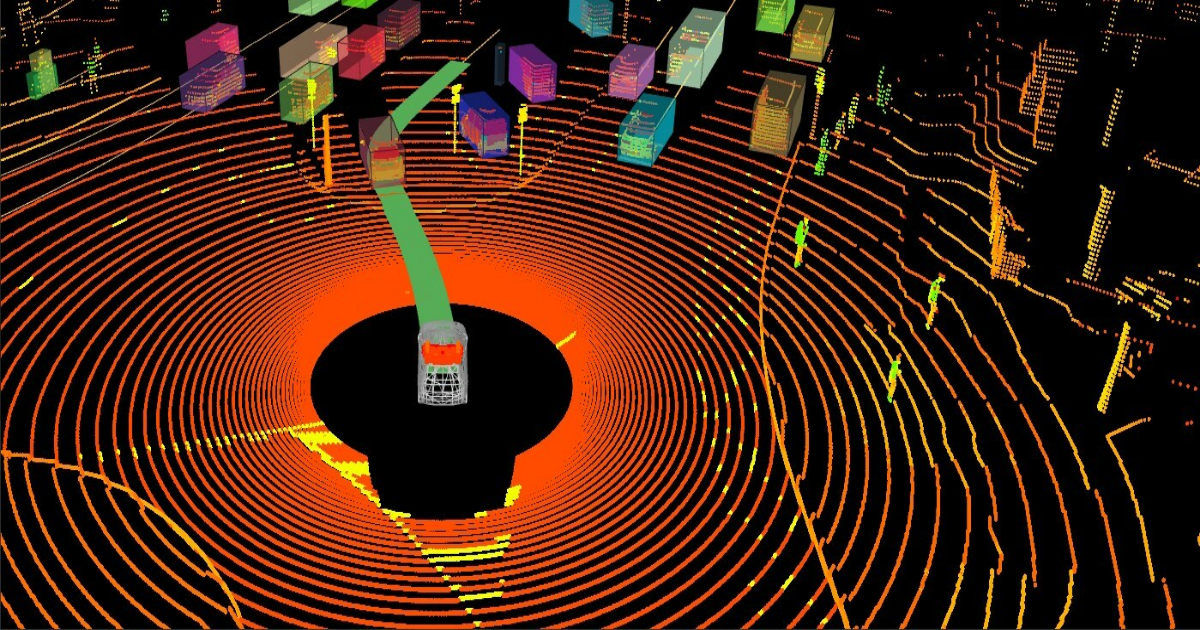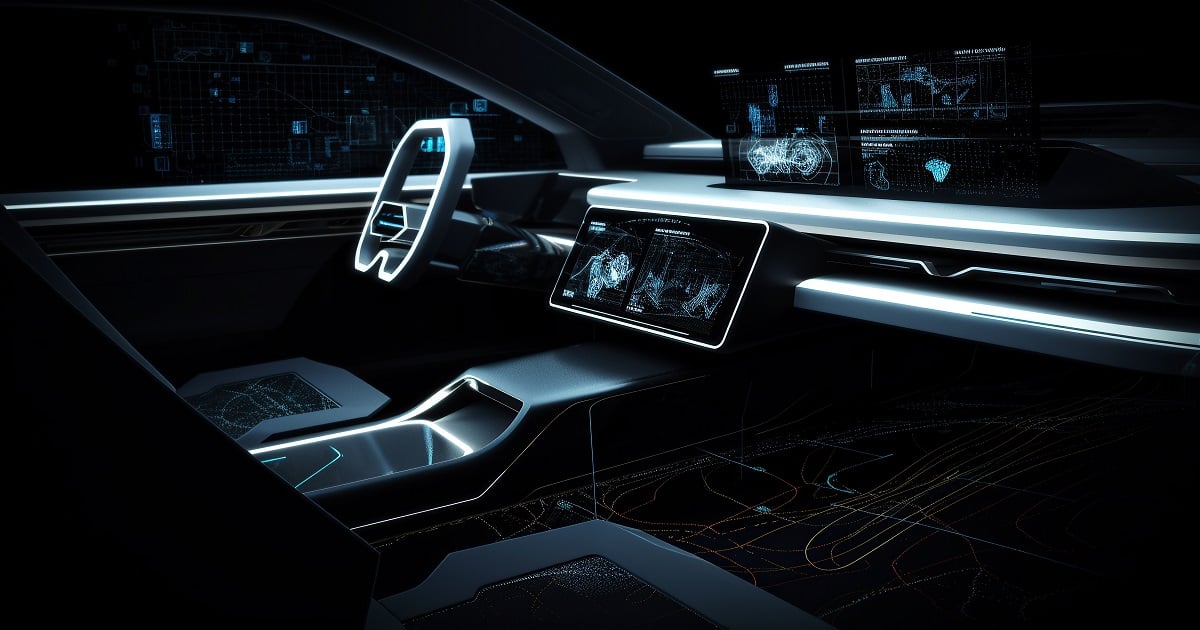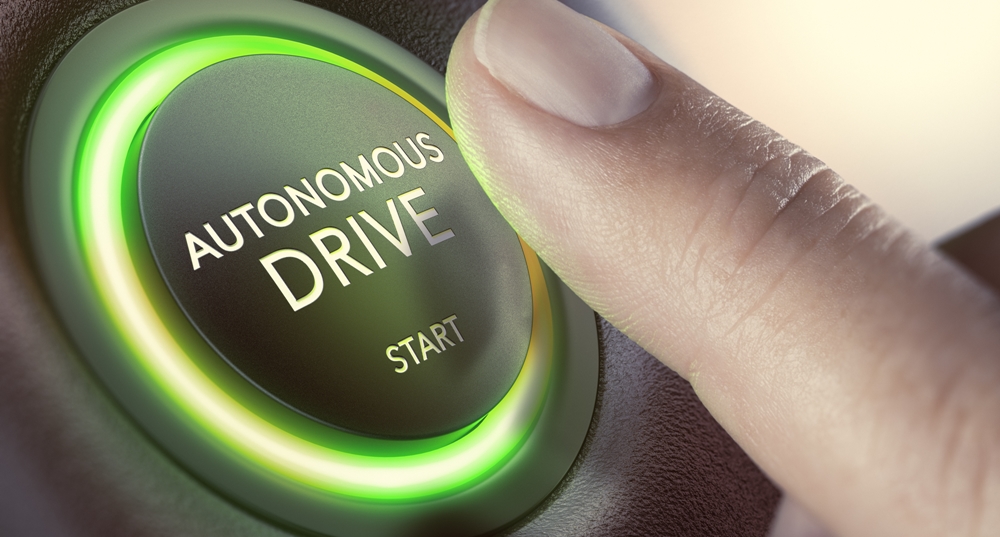
Before humans started using cars to move from one place to the other, humans walked to places and used animals for long distance transportation. Now technological advancements have greatly improved transportation for humans, making moving from one place to the other much easier and faster.
Right now, all legal cars on United States roads are controlled fully or partially by human beings. However, many cars are slowly becoming partially or fully autonomous and it has been predicted that in the early future, self-driving cars may become part of the legal transportation systems in the world. For now, some cars on the road are just partially autonomous with features like self-braking, self-parking or automated cruise control.
Therefore, the next step is fully-autonomous cars that can control all driving functions safely without any help from a human driver. Although the self-driving car technology industry is still in its infancy, it’s a technological advancement that will radically transform human transportation system, human society and world economy.
While even the most advanced partially autonomous cars usually need a human driver to take control or intervene in certain driving conditions or scenarios, self-driving cars are fully autonomous and may not even have steering wheels for a human driver. Many companies like Tesla, Google, Uber and Nissan are coming up with different designs and software to help self-driving cars navigate the road safely.
How self-driving cars work
Self-driving cars use different types of sensors especially IoT sensors to construct an internal mapping of the road and promote smooth and safe driving. Sensors like blind-spot monitoring, forward collision warning, sonar, radar, high-tech cameras, lasers, ultrasonic and LIDAR are used to make self-driving cars navigation possible.
Radar sensors help to monitor the position of vehicles nearby and high-tech cameras detect road signs, traffic lights and look out for pedestrians, other vehicles and other obstacles. LIDAR helps to identify lane markings and the road edges by bouncing pulses of light off the car's immediate surroundings. Ultrasonic sensors are usually present in the wheels to detect the presence and position of curbs and other vehicles when parking. Fully-autonomous cars can acquire and process traffic data, weather, map and surface conditions data using cloud computing, which has been useful in many industries like custom essay industry.
Data received via sensors and IoT connectivity can be processed by different self-driving technology software to plot a path and send instructions to fully autonomous car actuators which control acceleration, steering and braking. The software can also help self-driving cars follow traffic rules using hard-coded rules, predictive modeling, algorithms for obstacle avoidance as well as smart object discrimination software. Self-driving technology helps to make driving more efficient and less stressful.
However, we shouldn’t forget the fact that all these pleasant features come with some cons which include:
- Self-driving cars can be very expensive.
- With this technology, terrorists can easily load self-driving cars with explosives and remotely drive them to their targets.
- These cars will put many drivers and delivery workers out of their jobs.
- Today, we still find AssignmentMasters in our society. We’ll gradually lose many driving masters after legalizing self-driving cars.
- Self-driving cars are over-reliant on various data systems that are also prone to malfunction.
Do self-driving cars really work?
Although self-driving cars are illegal transportation systems on most roads, companies like Google and Tesla have made great progress developing self-driving technologies. Google has created fully-autonomous cars that have been built making use of LIDAR to bypass the need for steering wheels and pedals. Tesla, on the other hand, has created self-driving cars using the Autopilot software system. The Autopilot system collects data from the cars surrounding with high-tech cameras and interprets the data to make decisions.
There’s no doubt that self-driving cars can be a very beneficial technological advancement for human society, especially since research has shown that 94% of car accidents are caused by human errors. Also, apart from reducing road accidents, self-driving cars can also provide elderly people and physically-impaired individuals with independent driving privilege. With the progress being made in the development of self-driving cars, it’s only a matter of time for self-driving cars to become part of the legal transportation system all over the world.
About the author: Michael Gorman is a highly-skilled freelance writer and proofreader at bestessays.com.au. Apart from his job as an essay writer, Michael is interested in everyday development. He writes various blog posts and loves discovering new aspects of human existence whenever he’s not providing assignment writing services. Feel free to contact him via Facebook or check his Twitter.
Edited by
Ken Briodagh

